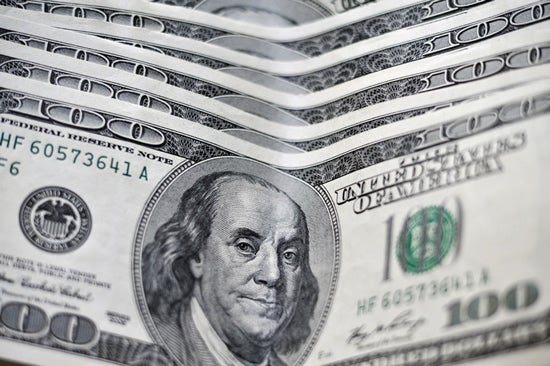The Congressional Budget Office (CBO) released its outlook for the federal budget last week. According to the CBO’s “Alternative Fiscal Scenario,” tax receipts will match their historical average in 2017, when revenue will be 18 percent of gross domestic product (GDP). Receipts will continue growing after that.
CBO’s alternative scenario assumes the following:
- The Bush tax cuts remain in place for all taxpayers (even families making more than $250,000 a year);
- Congress raises the income threshold for the Alternative Minimum Tax so it doesn’t hit millions of middle-income taxpayers it was never supposed to affect; and
- Congress also retains a host of other expiring tax-reducing policies, such as the Research and Development credit and the optional deduction for state and local sales taxes.
The CBO report throws water on President Obama’s oft-repeated argument that in order to lower the deficit, it is mathematical certainty that taxes must go up. If President Obama and Congress set spending to match its historical level of 20 percent of GDP and keep it at or below that level, the deficit would be at its historical level in 2017, and the debt would fall as a share of the economy over time. All that without raising taxes a dime. Deficits are unsustainably high because the government is spending too much, not because it is collecting too little revenue.
As the CBO report makes clear, revenue is low right now relative to historical norms because the economy is still slow to recover after the Great Recession. Low receipts today have nothing to do with tax cuts “for the rich,” as President Obama often suggests, or because millionaires and billionaires pay an effective tax rate that is unfairly low.
The CBO estimate includes higher receipts from the 18 different tax hikes contained in Obamacare. Several of these tax hikes are already in place, but the biggest, most economically damaging hikes—such as the 3.8 surtax on investment income—come on line in the next few years. A repeal of Obamacare, including its growth-slowing tax hikes, would reduce revenues below CBO’s estimates.
Lower revenue from a repeal of Obamacare would not keep revenue below its historical norm, nor would it delay revenue meeting that level by 2017. Faster economic growth than CBO anticipates would raise receipts back to their historical norm before 2017 even without the extra Obamacare tax revenue.
That faster growth would occur if the economy could break through the uncertainty caused by Obama policies such as Obamacare, the Dodd–Frank financial reform law, and daily reminders that President Obama wants to raise taxes drastically on job creators and investors that the economy needs to get back on track.
Economic growth could also get a much needed boost from fundamental tax reform. Tax reform would clear the way for faster growth by lowering marginal tax rates and eliminating taxes on saving and investment. Congress and the President should focus on tax reform instead of unnecessary and growth-slowing tax hikes. If they do so this year, revenues will surge back to their historical average well before 2017.
